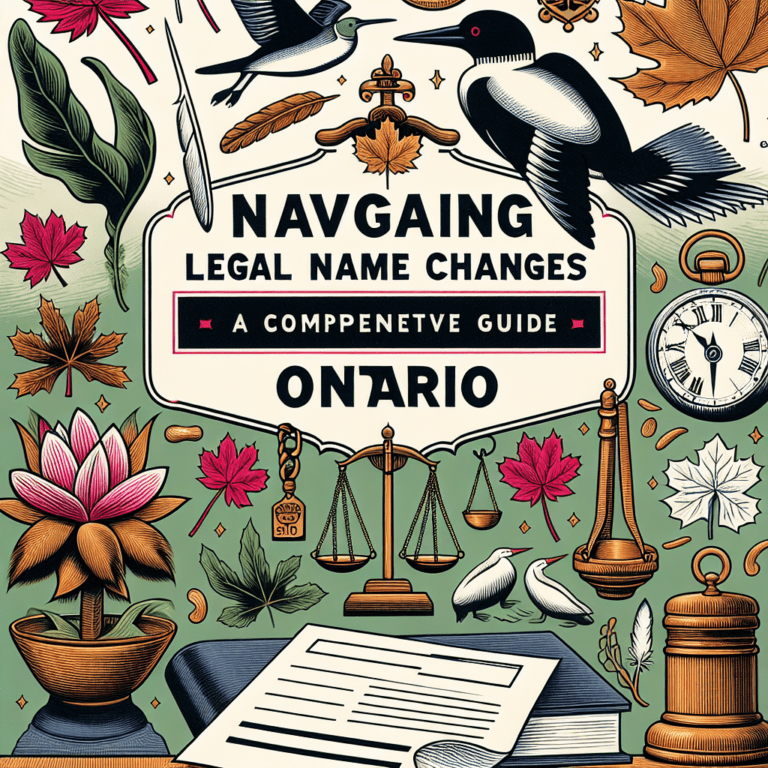In the rapidly evolving world of innovation, understanding the intricacies of intellectual property law is crucial for creators, businesses, and legal professionals alike. The 2024 Canadian intellectual property law updates present a unique opportunity to enhance rights and streamline enforcement. As changes loom, many find themselves pondering how these modifications will reshape the landscape of IP rights in Canada. What can stakeholders do to stay ahead of the curve? This article delves into the key changes and implications of the 2024 updates, offering insights that are both timely and essential for navigating the new legal framework.
Overview of Key Changes in Canadian Intellectual Property Law for 2024
In 2024, Canada is set to implement several pivotal updates to its intellectual property (IP) law that promise to reshape the landscape for creators and businesses. One of the most significant changes is the enhancement of the protection framework for digital assets, reflecting the rapid technological advancements and the increasing importance of digital innovation. These updates include expanded definitions of what constitutes infringement in the digital space, allowing creators to better safeguard their work against unauthorized use and distribution.
Another notable change is the strengthening of trademark protections, particularly concerning non-traditional trademarks such as sounds, scents, and colors. Under the new regulations, applicants will find it easier to register these unique identifiers, which can provide a competitive edge in a crowded marketplace. This shift not only broadens the scope of what can be protected but also acknowledges the importance of brand identity in the age of digital marketing and e-commerce.
Additionally, the 2024 updates introduce measures aimed at simplifying the patent application process. Enhanced online resources and streamlined procedures aim to reduce the backlog that has historically hampered timely patent approvals. For innovators, this means a faster path to securing necessary protections for their inventions, ultimately fostering an environment where creativity and economic growth can flourish.
Implications of 2024 Updates on IP Rights and Enforcement in Canada
The 2024 updates to Canadian IP law will have profound implications for the enforcement of intellectual property rights across the country. With the new regulations, rights holders will benefit from clearer guidelines on how to pursue infringement claims, particularly in the digital realm. This newfound clarity is expected to empower creators and businesses to take decisive action against unauthorized use of their assets, which in turn can lead to a decrease in instances of infringement.
Moreover, the changes are anticipated to foster a more robust dialogue between rights holders and digital platforms. With increased accountability, digital service providers may be required to adopt more proactive measures in monitoring and addressing IP violations. This dynamic could lead to a collaborative approach where stakeholders work together to protect IP, creating a healthier ecosystem for innovation and creativity.
Additionally, the updates are likely to encourage greater investment in research and development. By simplifying access to protection mechanisms and clarifying enforcement pathways, innovators may feel more confident in dedicating resources to new projects. This ripple effect can stimulate economic growth as industries become more competitive and adaptive to technological advancements, ensuring that Canadian businesses remain at the forefront of global innovation.
As we move into 2024, the updates to Canadian intellectual property law promise to usher in a new era of protection and enforcement that aligns with the realities of a digital-first world. For creators and businesses, understanding and leveraging these changes will be vital to safeguarding their innovations and maintaining competitive advantage. By staying informed about the evolving IP landscape, stakeholders can embrace these reforms and utilize them strategically to enhance their market position. Now is the time to engage with these updates and explore how they can be applied to advance your interests in the realm of intellectual property.
Navigating Legal Aid Options for Refugees in Canada 2024Exploring Human Rights Legal Support in Canada: 2024 InsightsNavigating Legal Support for Wrongful Termination in Canada 2024Relevant LinkRelevant LinkRelevant LinkUnderstanding LegalZoom Billing: Fees, Structure, and InsightsUnderstanding LegalZoom’s Basic Will: Key Features ExplainedUnderstanding LegalZoom’s Business Address Services ExplainedRelevant LinkRelevant LinkRelevant LinkUnderstanding Legal Self-Defense Weapons in CanadaUnderstanding Legal Paper Size: Dimensions and Uses ExplainedNavigating Legal Name Changes in Ontario: A Comprehensive GuideRelevant LinkRelevant LinkRelevant Link



















